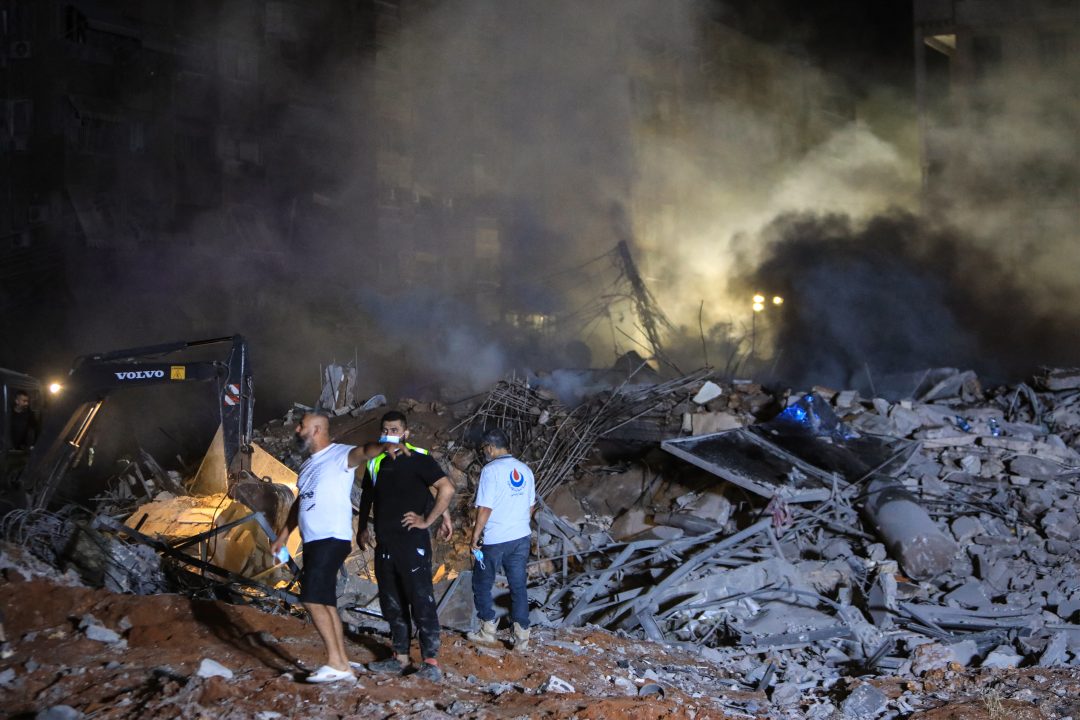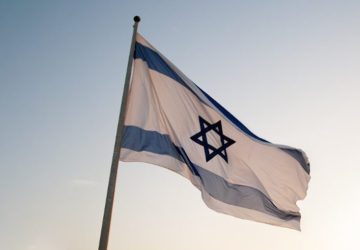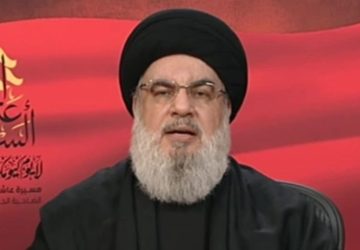On Friday, in the space of seconds, Israel released around 10 tons of high-explosives on Beirut, in a huge airstrike that leveled a city block in Dahieh, reportedly destroying 8 buildings and killing Hassan Nasrallah, the leader of Hezbollah.
Israeli airstrikes are ongoing against targets across Lebanon. In Beirut, they have been largely located in the southern suburb of Dahieh.
According to the latest Ministry of Health tally, 11 have been killed and 108 wounded in Beirut since Friday’s airstrike, although ministry officials are acknowledging that the toll will likely rise higher in the coming days.
Dahieh, a neighborhood commonly referred to as a ‘Hezbollah stronghold’, is a part of Beirut in which support for Hezbollah is widespread, and the organization’s presence is intimately tied into the community itself.
Many residents will have friends or family with some ties to the organization, yet the connections between Dahieh and Hezbollah are also more material.
Hezbollah in the past 18 years has burrowed itself deep under the neighborhood, building extensive networks of tunnels, command and control centers and weapons depots.
Little information is publically available about this tunnel network, apart from a few leaked photos showing large passageways with tiled walls which indicates they were meant to act as operational centers and possibly sleeping quarters.
According to Riad Kahwaji, a Dubai-based Middle East security and defense analyst and director of the Institute for Near East and Gulf Military Analysis (INEGMA), “this is a tunnel system to facilitate the movement of the leadership out of sight and to provide a safe area to establish their headquarters for their senior command”
Yet it seems apparent that the tunnel network failed to achieve this goal, with the New York Times reporting that Israel had been aware of Nasrallah’s whereabouts for months before the assassination.
Media reports suggest that the strike which killed Nasrallah penetrated fourteen stories underground, reaching a Hezbollah command center in a deep bunker – with Hezbollah operatives only unearthing Nasrallah’s body from under the rubble in the early hours of Saturday.
Ali Karaki, the commander of Hezbollah’s Southern Front, was also reportedly in the bunker at the time, although his death has not yet been officially confirmed.
The Israeli airstrike, launched from F-16 jets, used high explosive ‘bunker buster munitions’ purposely designed to detonate deep underground.
This type of munition, first invented during the Second World War, has been used widely in the last eighty year, and was heavily deployed in the ‘war on terror’ during the war in Afghanistan as the US-coalition sought to dislodge Taliban fighters from their deep mountain hideouts.
Although the exact type of munitions used in the strike is unconfirmed, according to Mohammed Al Basha, an independent Middle East analyst, the Israeli Air Force has several guided bunker-busting munitions in its arsenal, including: 5,000-pound GBU-28; 2,000-pound GBU-31 JDAM; and 2,000-pound BLU-109 Penetrator.
These munitions are manufactured in Israel and the US. In 2021 Israel requested the US military’s newest and most advanced GBU-72 model – although the deal has not yet gone through, ruling out the possibility of their use in Friday’s strike.
These munitions largely fall into two broad categories.
The first type contains a reinforced nose designed to penetrate through hard surfaces, allowing the bomb to survive the impact. The bomb is heavily weighted, allowing it to bury itself deep within the target before a delayed fuse allows it to detonate underground.
The second type carries two charges. The first charge is smaller and is designed to open a hole in its target, before the second charge passes through intact. Similarly a delayed fuse allows it to detonate inside the target.
Although these types of munitions are legal under international law, their use in heavily populated areas is expressly prohibited.
The strike caused immense damage, which Al Basha partly puts down to the fact that “these weapons are most effective against flat earth bunkers, like those likely found in Dahieh, typically built with reinforced concrete, steel, and soil layers for protection.”
However, they may be less effective in dismantling Hezbollah’s extensive tunnel network in southern Lebanon, because “mountain tunnel complexes provide superior natural protection due to the thick rock overhead and these bunker busters are generally less effective against facilities carved into mountains.”





